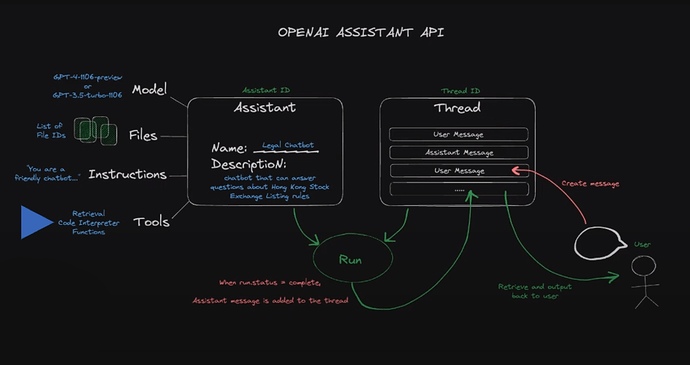Vector databases and Pandas DataFrames are two distinct data management and manipulation tools, each with its unique strengths and use cases. Understanding their differences is crucial for selecting the appropriate tool for a given data processing or analysis task.
Vector Databases
Vector databases are specialized databases designed to store, index, and query high-dimensional vector data. These vectors are mathematical representations of data objects in a multi-dimensional space, where each dimension corresponds to a specific feature or attribute of the data object. More of a folder structure in a Windows/Mac. Vector databases are particularly suited for applications that require fast and efficient similarity searches, such as finding the nearest neighbors to a query vector in high-dimensional space.
Key characteristics and advantages of vector databases include:
High-dimensional Data Management: They are optimized for storing and querying data represented as high-dimensional vectors, making them ideal for AI and machine learning applications
Similarity Searches: Vector databases support similarity searches, allowing users to find data points that are most similar to a given query vector. This is crucial for recommendation systems, image recognition, and natural language processing applications
Scalability and Performance: Designed to handle large volumes of data efficiently, vector databases can scale horizontally and maintain performance as query demands and data volumes increase
Use Cases: Vector databases are used in various applications, including semantic search, recommendation engines, and enhancing large language models (LLMs) with external knowledge bases or long-term memory
Pandas DataFrames
Pandas DataFrames, on the other hand, are two-dimensional, size-mutable, potentially heterogeneous tabular data structures with labeled axes (rows and columns) provided by the Pandas library in Python. They are widely used in data science and analytics for data manipulation and analysis tasks.Key characteristics and advantages of Pandas DataFrames include:
-
Ease of Use: Pandas DataFrames offer a user-friendly interface for data manipulation, making it easy to perform operations like filtering, grouping, and pivoting data
-
Integration with Python: Being a part of the Python ecosystem, Pandas DataFrames can easily integrate with other Python libraries for data analysis, machine learning, and visualization.
-
Handling of Different Data Types: DataFrames can store columns of different data types and are capable of handling missing data, which is common in real-world datasets.
-
Use Cases: Pandas DataFrames are used for a wide range of data processing tasks, including data cleaning, exploration, transformation, and visualization. They are particularly useful for structured data analysis and manipulation
Conclusion
While vector databases are specialized for managing high-dimensional vector data and supporting similarity searches in AI applications, Pandas DataFrames are versatile tools for general data manipulation and analysis tasks, especially when working with structured data. The choice between using a vector database or a Pandas DataFrame depends on the specific requirements of the data processing or analysis task at hand.

